
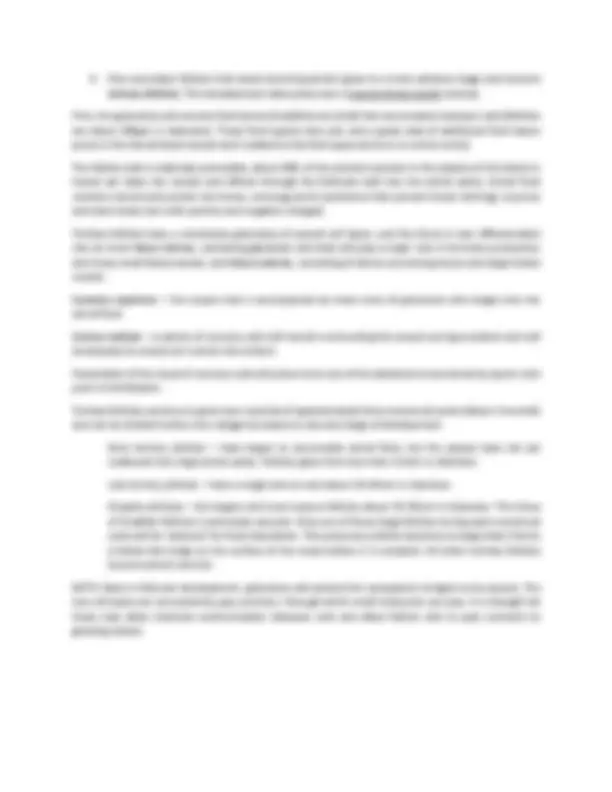
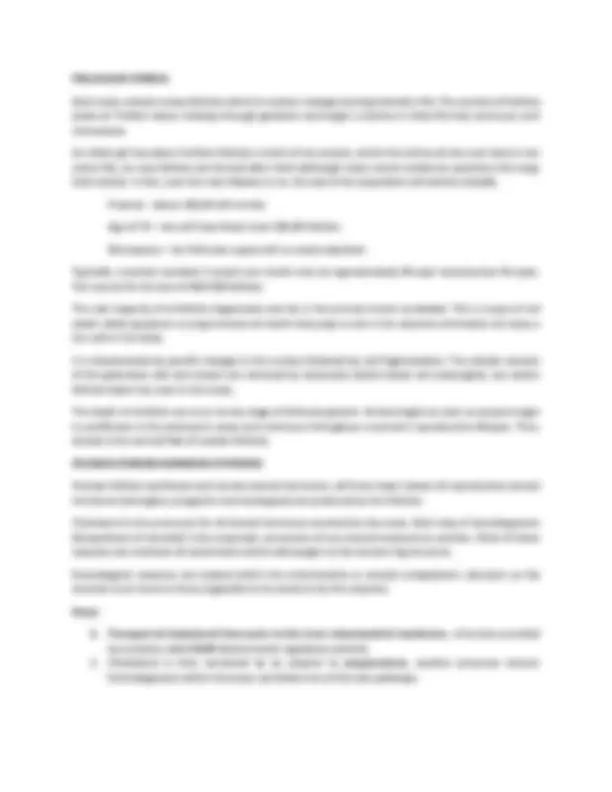
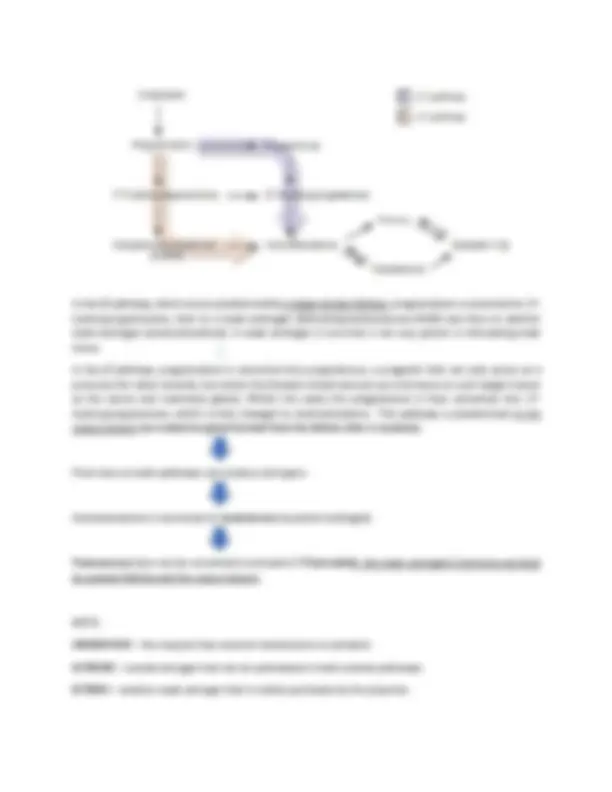
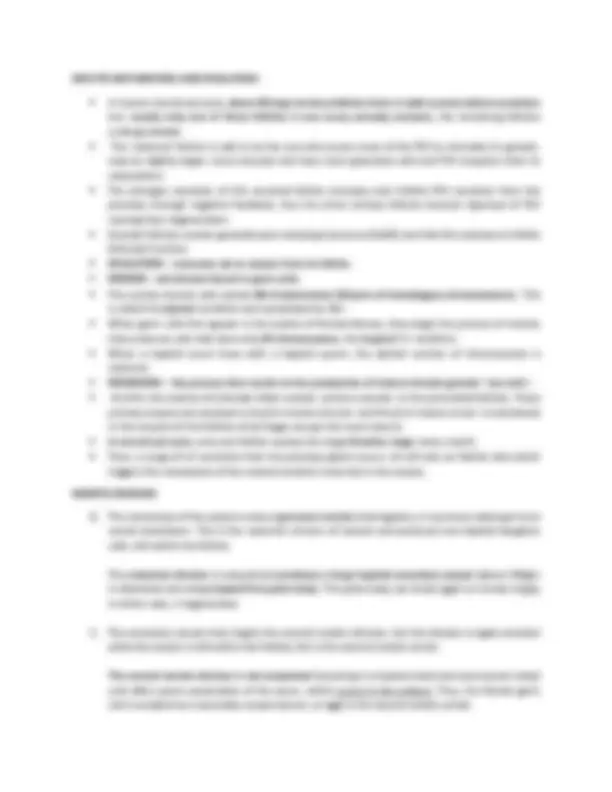
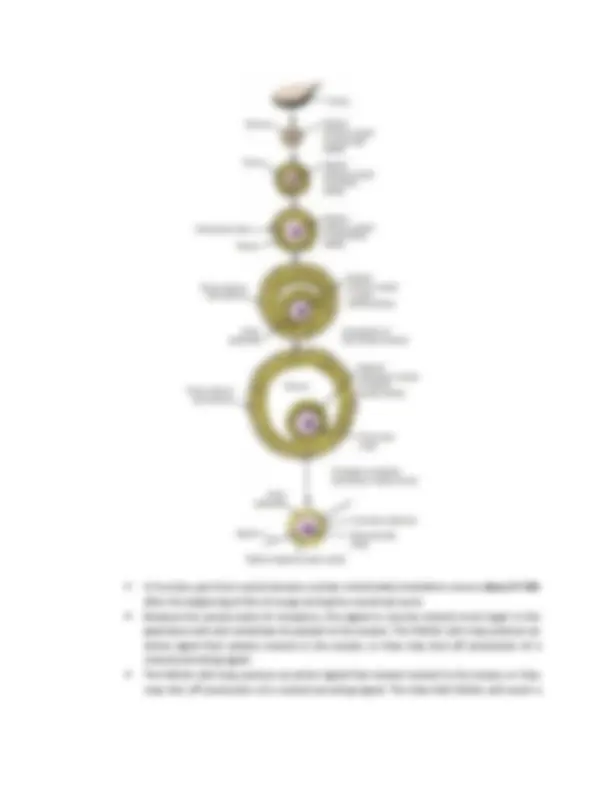
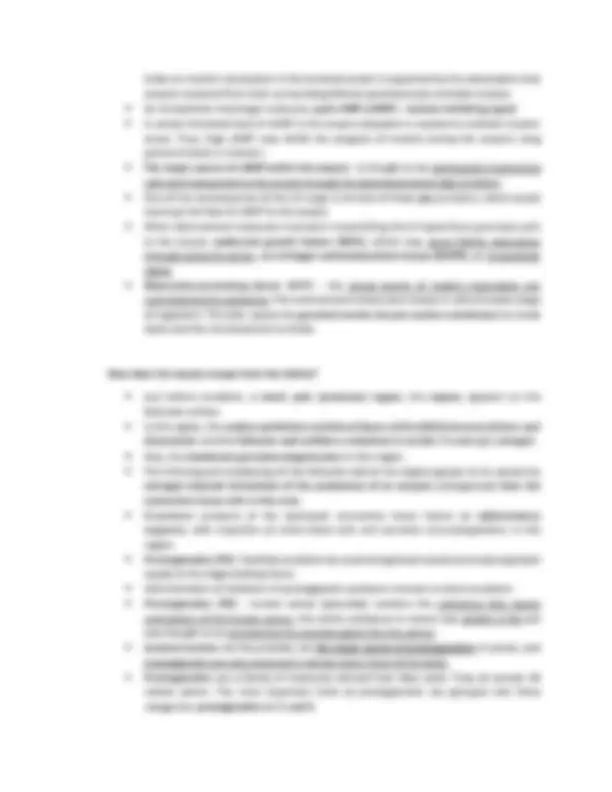
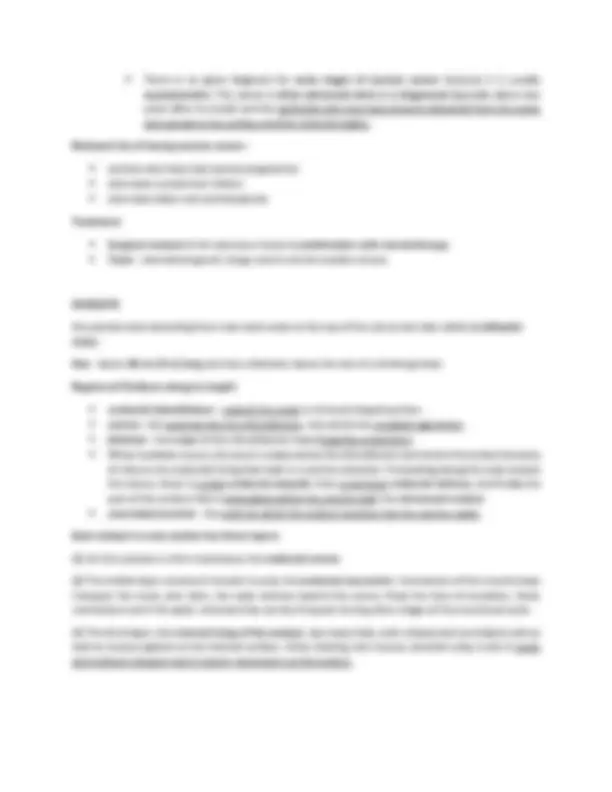
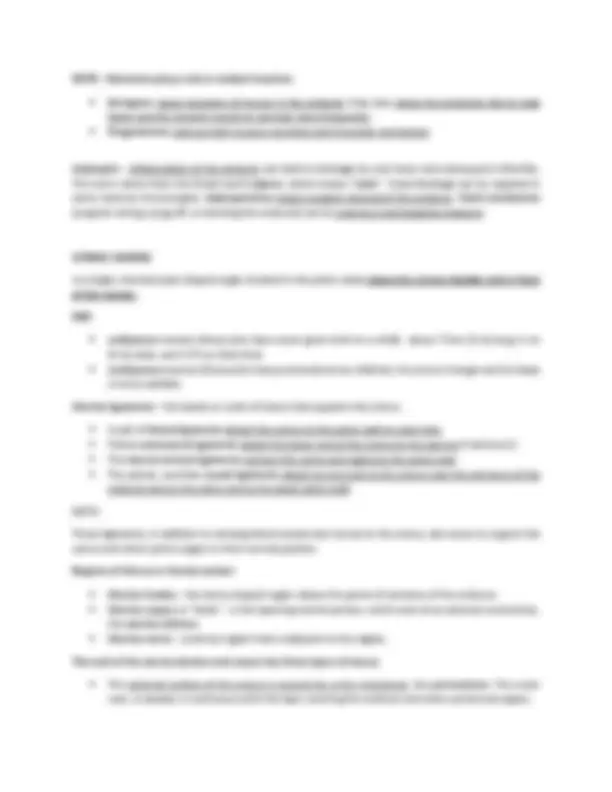
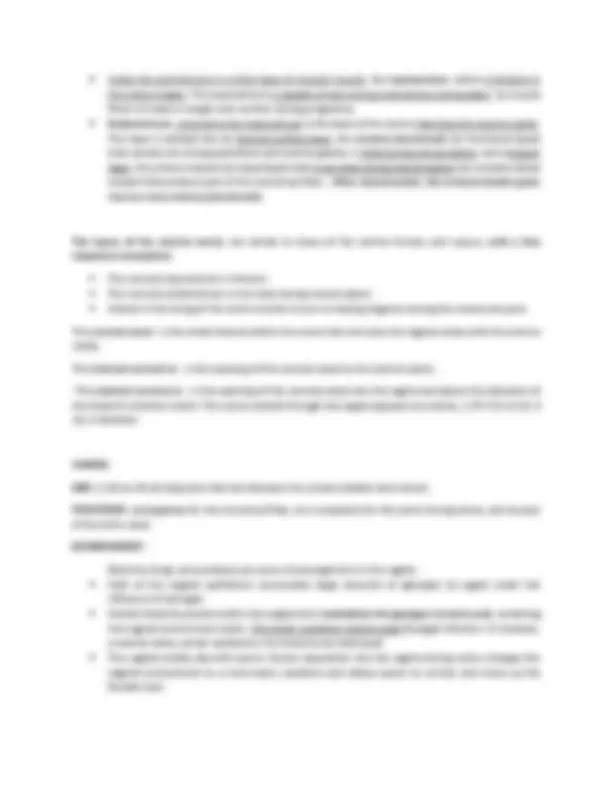
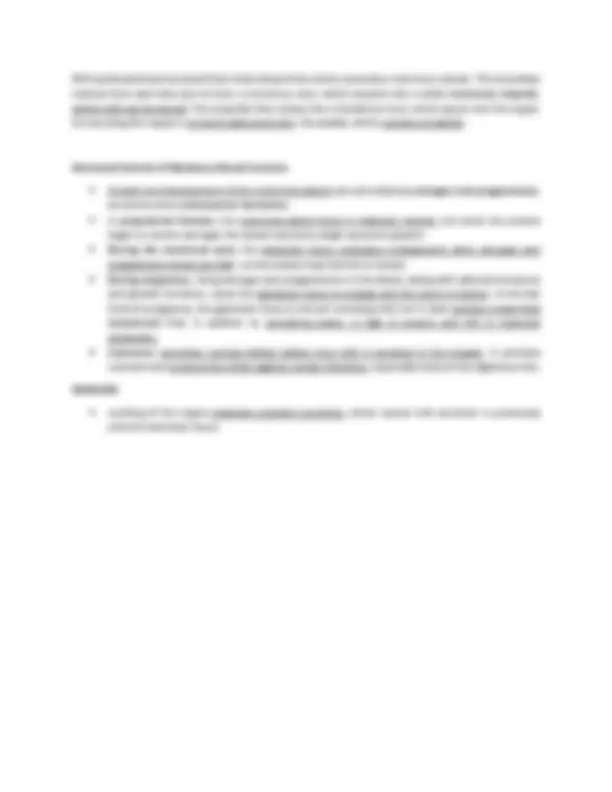


Study with the several resources on Docsity

Earn points by helping other students or get them with a premium plan


Prepare for your exams
Study with the several resources on Docsity

Earn points to download
Earn points by helping other students or get them with a premium plan
Community
Ask the community for help and clear up your study doubts
Discover the best universities in your country according to Docsity users
Free resources
Download our free guides on studying techniques, anxiety management strategies, and thesis advice from Docsity tutors
Ovaries are dynamic organs in which the type and amount of hormones, as well as the oocyte development, vary throughout the female cycle. The ovaries are innervated by autonomic nerves and receive an especially rich blood supply. They are anchored in place by ligaments (bands or sheets of tissue) connecting them to nearby organs.
Typology: Lecture notes
1 / 18

This page cannot be seen from the preview
Don't miss anything!











consists of;
The external surface of each ovary is covered with a thin sheet of tissue, the surface epithelium it was once called as “ germinal epithelium ” because it was thought the female germ cells were derived from tissue. Now, it is known as that germ cells originated outside of the ovary during embryonic development. Tunica albuginea – this is underneath the surface epithelium that is a tough protective layer of connective tissue. This connective tissue framework is divided into more dense, outer ovarian cortex and a less dense central ovarian medulla. Ovarian cortex – contains the female germ cells. Each female germ cell or oocyte is enclosed in a tissue sac the, ovarian follicle (follicle in Latin is “little bag”). Between the oocyte and the follicular wall is a thin transparent membrane, the zona pellucida which is secreted by the oocyte. Ovarian medulla – contains large, spirally arranged blood vessels, lymphatic vessels, and the nerves. STAGES OF FOLLICULAR GROWTH Ovarian follicle is the basic functional unit of the ovary.
Each ovary contains many follicles which its number changes during a female’s life. The number of follicles peaks at 7million about midway through gestation and begins a decline in fetal life that continues until menopause. An infant girl has about 1million follicles in both of her ovaries, which this will be all she ever have in her entire life; no new follicles are formed after birth (although many recent evidences questions this long- held notion). In fact, over the next 50years or so, the size of her population will decline steadily. Puberty – about 200,00 will remain. Age of 35 – she will have fewer than 100,00 follicles. Menopause – her follicular supply will ne nearly depleted. Typically, a woman ovulates 1 oocyte per month over an approximately 40-year reproductive life span. This counts for the loss of 400-500 follicles. The vast majority of al follicles degenerate and die in the process known as atresia. This is a type of cell death called apoptosis or programmed cell death that plays a role in the selective elimination od many o the cells in the body. It is characterized by specific changes in the nucleus followed by cell fragmentation. The cellular remains of the granulosa cells and oocyte are removed by leukocytes (white blood cell scavengers), but atretic follicles leave tiny scars in the ovary. The death of a follicle can occur at any stage of follicular growth. Atresia begins as soon as oocytes begin to proliferate in the embryonic ovary and continues throughout a woman’s reproductive lifespan. Thus, atresia is the normal fate of ovarian follicles. OVARIAN STEROID HORMONE SYNTHESIS Ovarian follicles synthesize and secrete steroid hormones, all three major classes of reproductive steroid hormones (estrogens, progestins and androgens) are produced by the follicles. Cholesterol is the precursor for all steroid hormones secreted by the ovary. Each step of steroidogenesis (biosynthesis of steroids) is the enzymatic conversion of one steroid molecule to another. Most of these enzymes are members of cytochrome which add oxygen to the steroid ring structure. Steroidogenic enzymes are located within the mitochondria or smooth endoplasmic reticulum so the steroids must move to these organelles to be acted on by the enzymes. Steps:
1. Transport of cholesterol from outer to the inner mitochondrial membrane, a function provided by a protein called StAR (steroid acute regulatory protein).
In the Δ^5 pathway, which occurs predominantly in large tertiary follicles, pregnenolone is converted to 17 - hydroxypregnenolone , then to a weak androgen ( Dehydroepiandrosterone-DHEA ) and then to another weak androgen ( androstenedione ). A weak androgen is one that is not very potent in stimulating male tissue. In the Δ^4 pathway, pregnenolone is converted into progesterone , a progestin that not only serves as a precursor for other steroids, but enters the female’s blood and acts as a hormone on such target tissues as the uterus and mammary glands. Within the ovary the progesterone is then converted into 17 - hydroxypregnenolone , which is then changed to androstenedione. This pathway is predominant in the corpus luteum ( an endocrine gland formed from the follicle after it ovulates ). From here on both pathways can produce estrogens. Androstenedione is converted to testosterone (a potent androgen). Testosterone then can be converted to estradiol-17β ( estradiol ), the major estrogenic hormone secreted by ovarian follicles and the corpus luteum. NOTE: AROMATASE – the enzyme that converts testosterone to estradiol. ESTRONE – a weak estrogen that can be synthesized in both ovarian pathways. ESTRIOL – another weak estrogen that is mainly synthesize by the placenta.
depends on the coordinated biochemical activity of thecal and granulosa cells. This is known as the two-cell model (see figure above). To summarize:
brake on meiotic resumption in the arrested oocyte is supported by the observation that oocytes removed from their surrounding follicles spontaneously reinitiate meiosis.
NOTE: Hormones play a role in oviduct function.
The wall of the vagina has folds that allow it to stretch during coitus or childbirth; it is normally collapsed. The vaginal canal leads from the vulva (external genitalia) to the external cervical os. The opening of the external cervical os into the vagina is circumscribed by a recess called the fornix, which allows support for a diaphragm contraceptive. Layers of vaginal wall:
condition is present in about 1 out of 2000 young women. Because an imperforate hymen can block menstrual flow, surgery is required to alleviate the problem.